Don’t miss out on Nepal: Heart of the Himalayas (Part I) and (Part II).
In our previous editions, Part I took us to Durbar Square, the domestic and governmental centers of Kathmandu, and Part II explored the famed religious sites. Part III will take us a short distance outside of the capital city and toward the famed Himalayan range. An easy day trip, or even better, an overnight, will bring you to the hill region east of the city. Nagarkot, while not necessarily on many people’s must-see lists for Nepal, offers great hiking, marvelous hill-cut farmlands, and a crisper air not found in the larger city. All of these, with a backdrop of the highest peaks in the world.
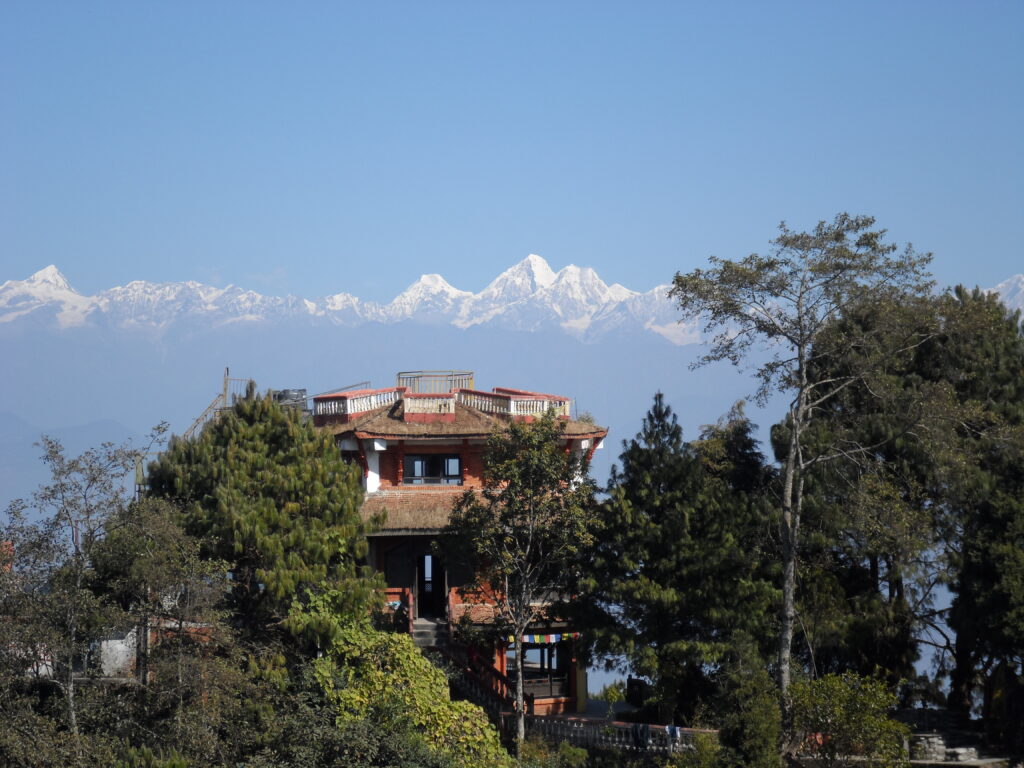
The Himalaya Mountain range, known as the “land of snow,” stretches across five countries and acts as a divide between the Indian subcontinent and the continent of Asia. Home to ten of the fourteen 8000m peaks in the world, the region is unparalleled in its grandeur and size. At the center of the range’s curvature sits the small nation of Nepal. Eight of the fourteen 8000m peaks are located in the country. Included in this count is Mount Everest. Topping out at an altitude of 29,031 ft, the highest peak in the world fights transient airliners for space in the thin air.
Two famed treks weave through the most prominent mountaintops in Nepal’s portion of the range. The Annapurna base circuit take you through the central region of the Nepali range, and even though designed as a long-distance hike, the challenging 145-mile adventure still tops out above 5000 m. Not designed for the faint of heart, this circuit is generally planned to take somewhere between 15-20 days to complete.
Equally challenging is the renowned Everest base camp trek. The mountain, called Sagamartha in Nepali, calls adventurers and climbers alike. The base camp trek offers an easier (relative term) way to experience the highest point on Earth. Realize that base camp is at 5600m, which is still an incredibly challenging altitude for physiological adjustment. Similar to the Annapurna circuit, it would be best to carve out three weeks to accomplish this effort.
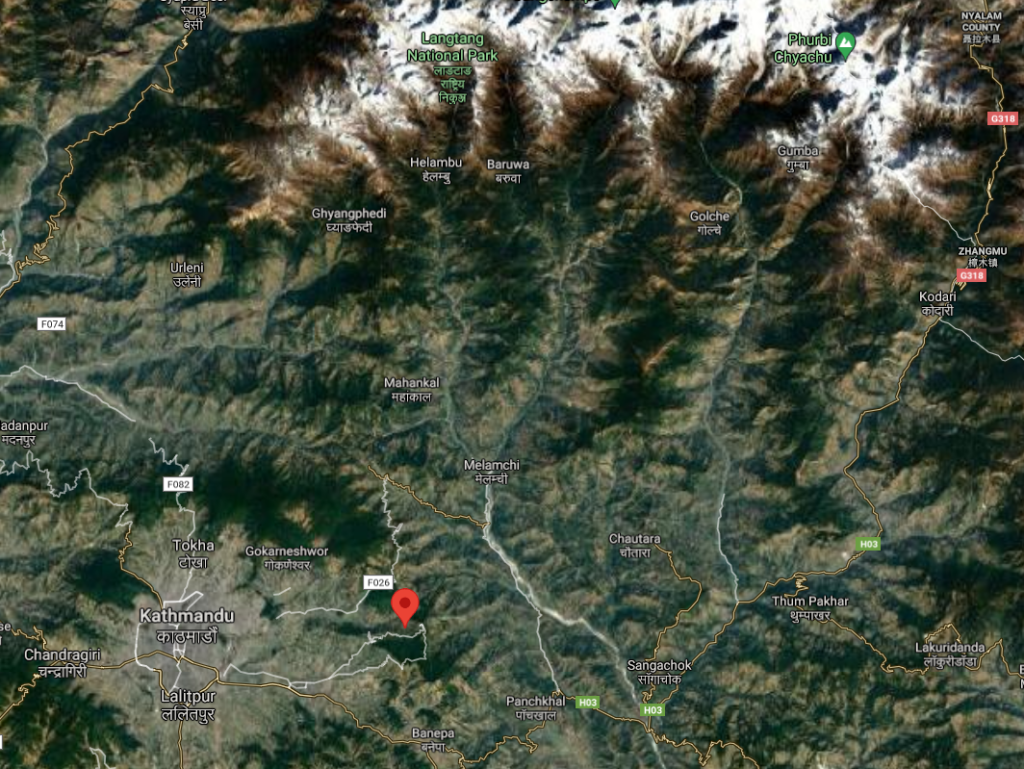
For those, like myself, that unfortunately don’t have days available to accomplish either trek, Nagarkot provides a welcome balance. Outside of the city, there are opportunities to relax as the in-your-face culture eases. Situated on the eastern rim of Kathmandu valley, the hillsides offer fantastic views of the Himalaya range. Depending on the air quality, it is also possible to catch a glimpse of Mount Everest as it joins the other peaks in the skyline.
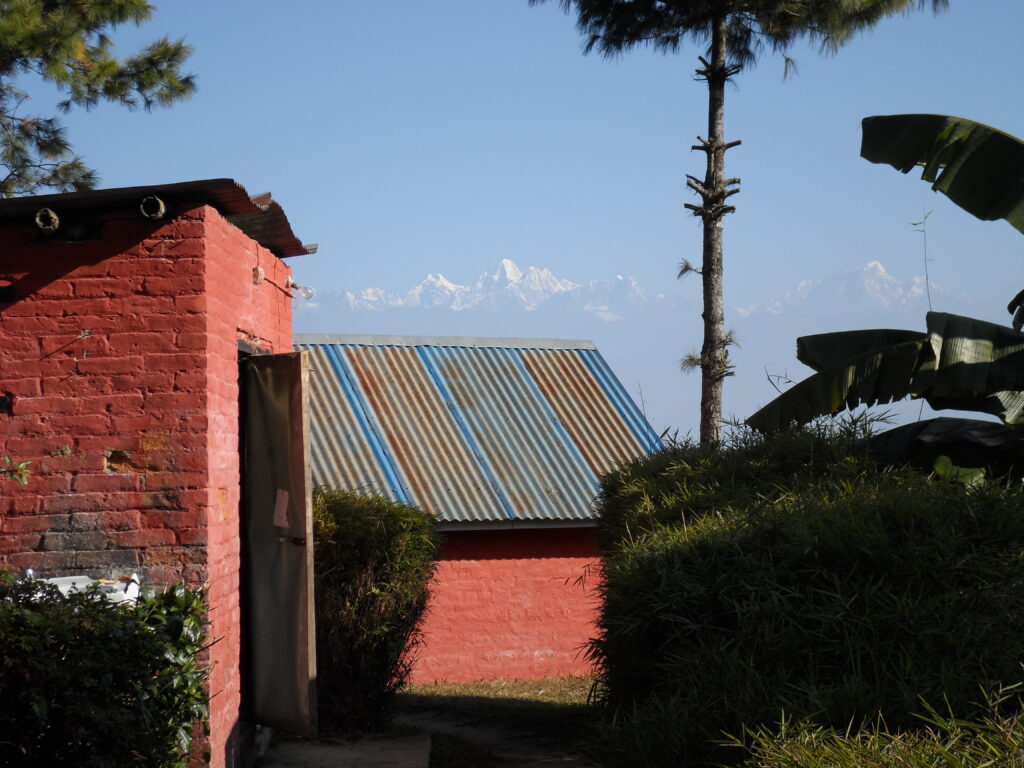
One aspect that stands out in any adventure into the Nepali and Tibetan highlands are the thousands of prayer flags that line the trails. These colorful pieces of cloth generally are adorned with script, a nod to their ancient origins. The story behind the flags is that they were used to capture ancient religious writings called Sutras, the cloth allowed them to be easily moved through the mountains to spread the word. The Nepali, ascribe the beginnings of these writings to Gautama Buddha.
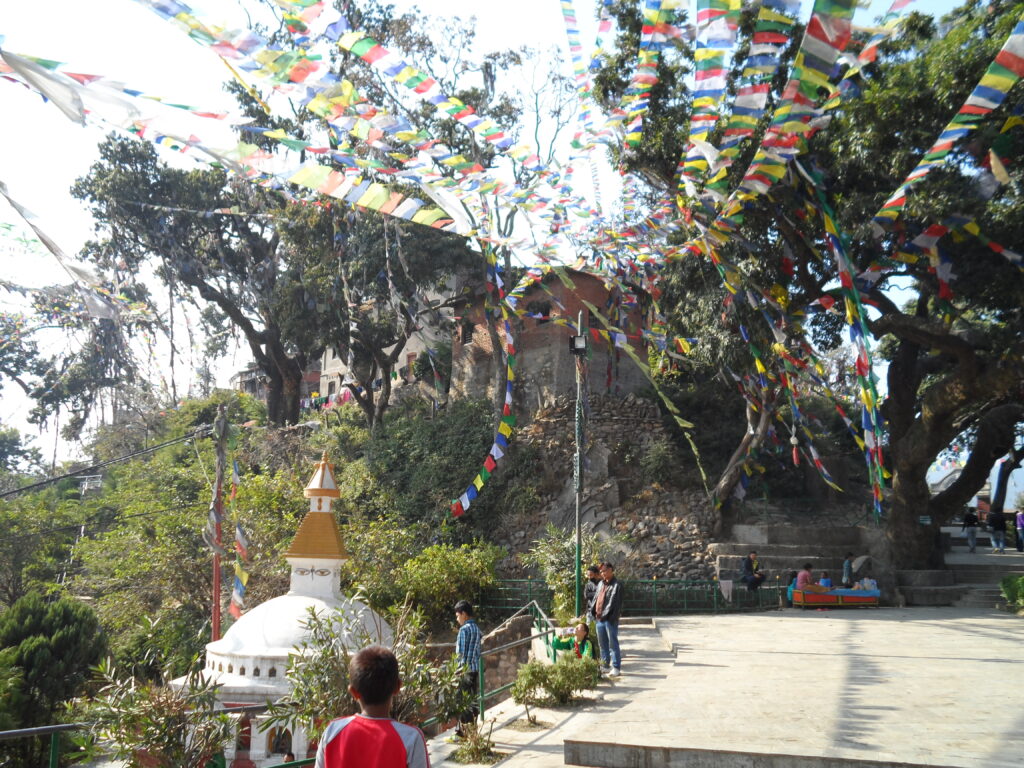
It is most common to see the prayer flags strung in high places. The theory is that the flags are designed to promote positive aspects of religion like peace and wisdom. By placing the flags at high altitudes and along trails, it allows the wind to whip along the strings and spread the message far and wide. The prayer flags and the scent of incense are two hallmarks of the Nepali experience and are worthy of understanding the greater meaning.
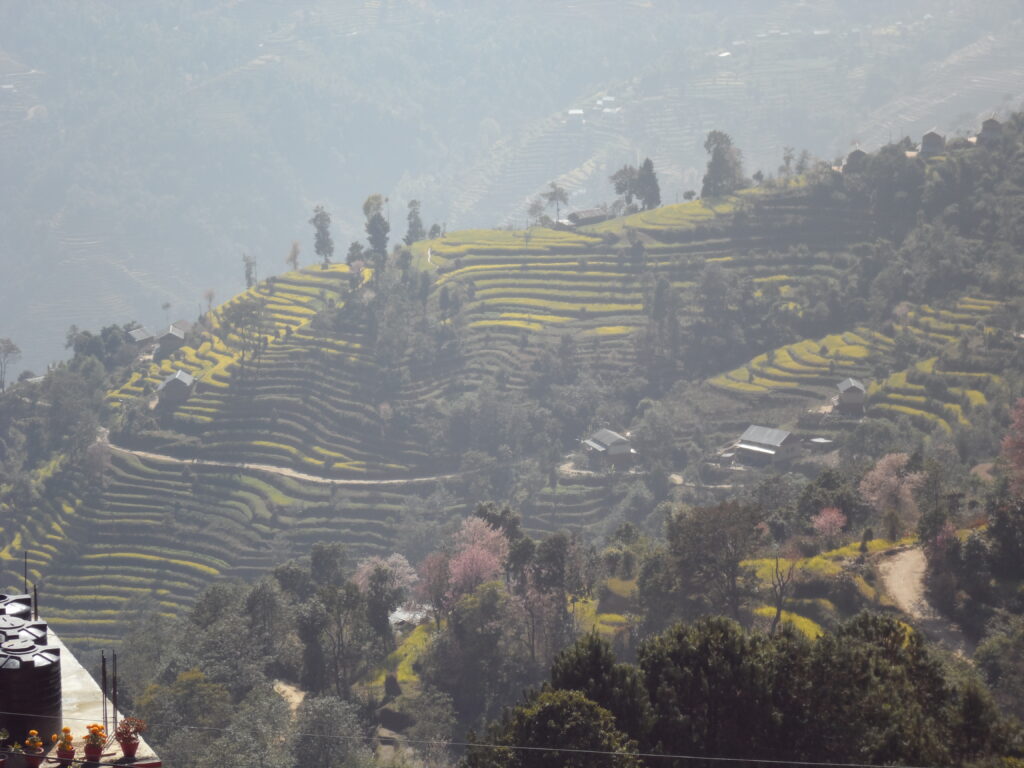
Other unique aspects of the Nagarkot region are the terraced farmlands that climb up the hillsides. Built to minimize erosion and runoff, and to maximize the rise of vertical land, these terraced farms are ideal as the terrain gets steeper. The majority of Nepal’s GDP is based on agriculture, and its rice and paddy fields make up the greatest share of the product. Unfortunately, the agrarian countryside can become hazy during the shoulder seasons as fields are burned and churned to ready for the next crop.
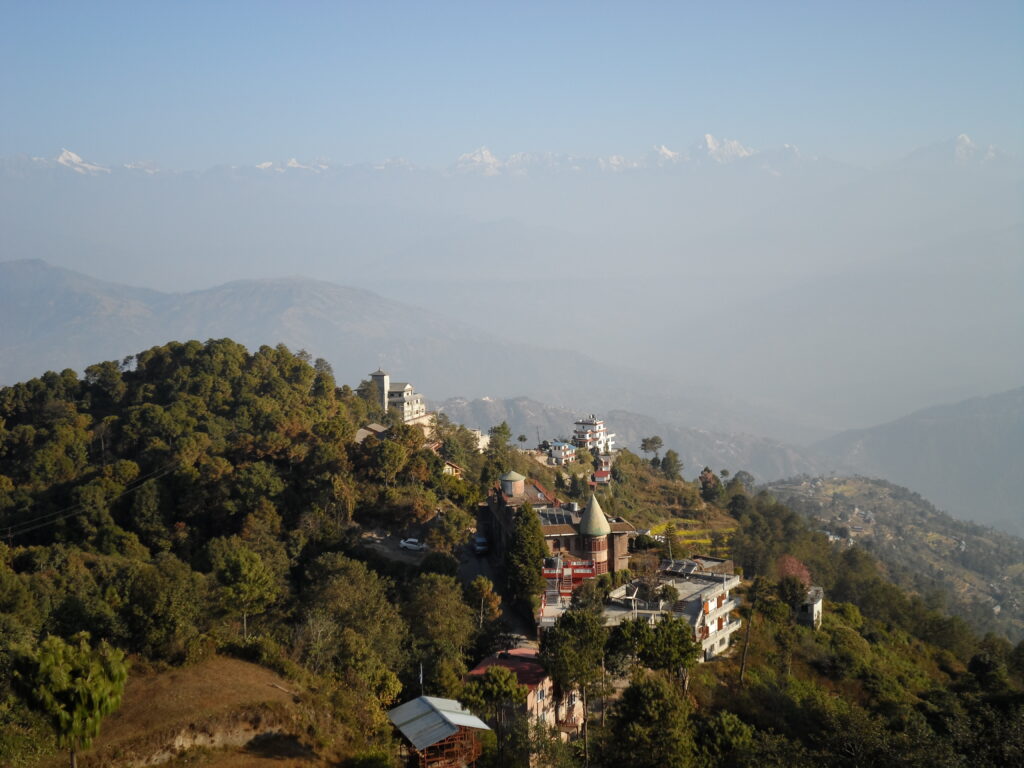
Even with the limitations from haze, the area has ample sights to take in. The best time to catch the white capped peaks of the Himalaya range is at sunrise or sunset. There are numerous places to stay along the ridge and most hostels/hotels offer some form of a tower to take in the mountains. While you won’t find five-star lodging in the area, each place has a local restaurant to taste some of the best Nepal can offer. Take in a meal while waiting for sunset and try out some of the famous Momos. The traditional steamed dumplings are found along the Himalayas in Tibet, Bhutan, India, and Nepal. A true delicacy, the Buffalo filling is one of the most common in the nation.
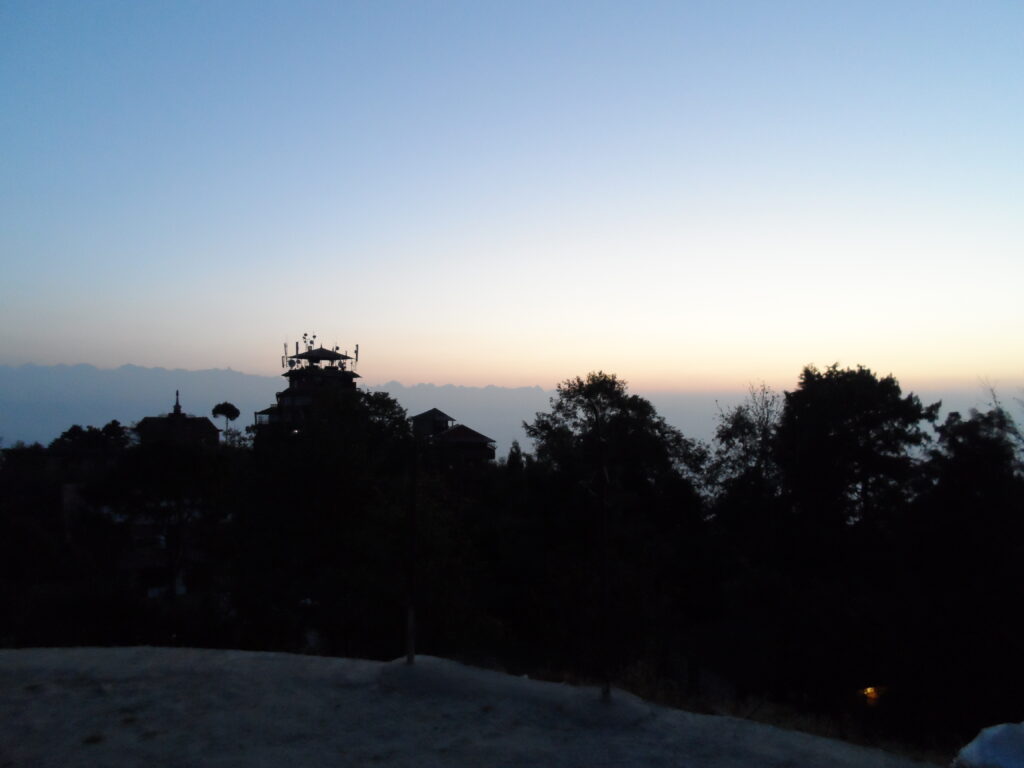
The early morning wake-up and wait in the chilling pre-dawn mountain temperatures is worth it. Glacier capped peaks are the first to reflect the growing light. They appear in the middle of the sky seemingly from nowhere as their bases are still shrouded in darkness. Over time, as the sun grows over the eastern range, the true size of the mountains becomes visible. Mount Everest, hidden amongst other towering peaks shines clear for a moment before blending back into the range. The moment is a perfect glance at sheer magnitude of the mountains and a glimpse at why traveling to Nepal is sought after worldwide.
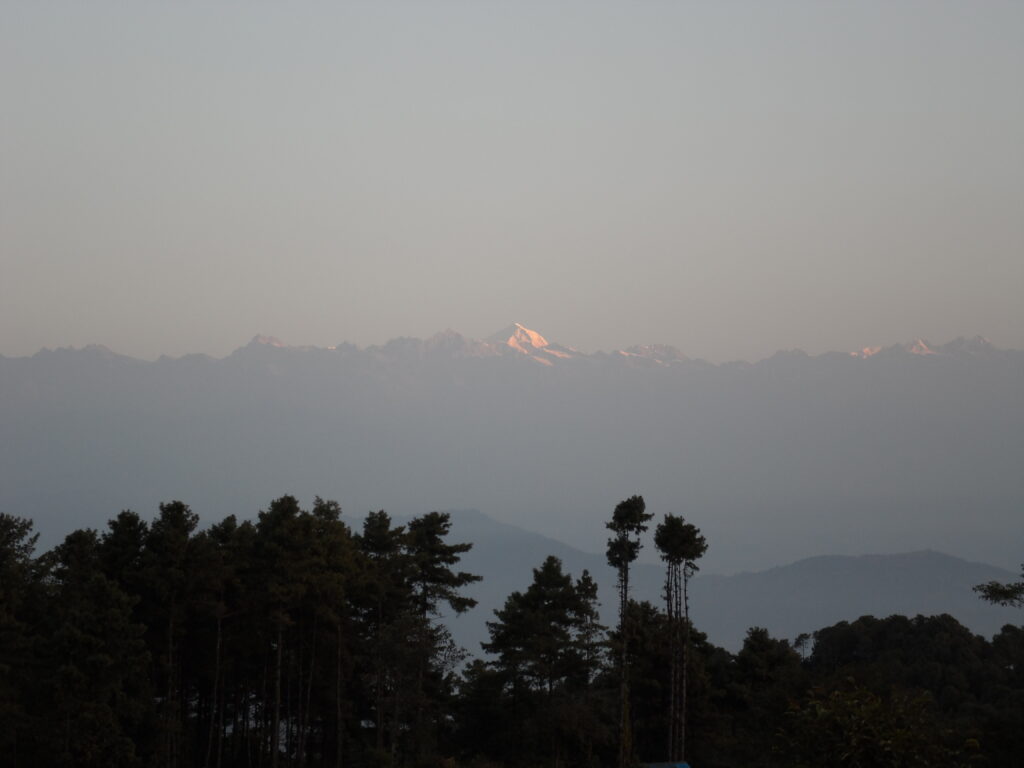
This concludes the three-part series on Nepal. This blog, much like my time in country is limited and without a doubt missed some of the more incredible sights. Comment and let me know if you’ve had the opportunity to take one of the treks as it still tops my list of travel experiences for the future.
Stay tuned for my next blog that will bring you back to southeast Asia and the ancient temples that hint at its history. In the interim, If you’re interested in checking out some other Asian locales, travel to Bangkok here, and Singapore here. Join my mailing list here to stay updated on travel and aviation updates and look for my next article that will be coming soon.

Thanks. I learned something new about the meaning behind the prayer flags. I’ve never been to Nepal but I’ve seen them in other countries.